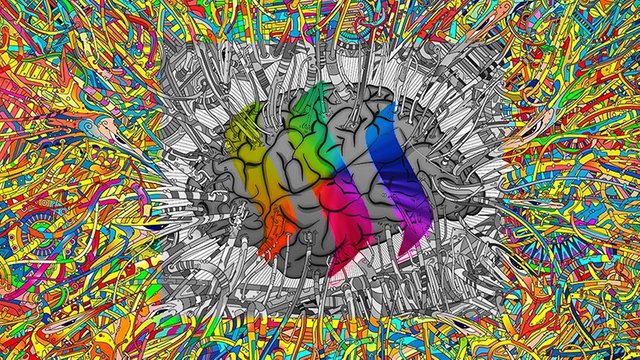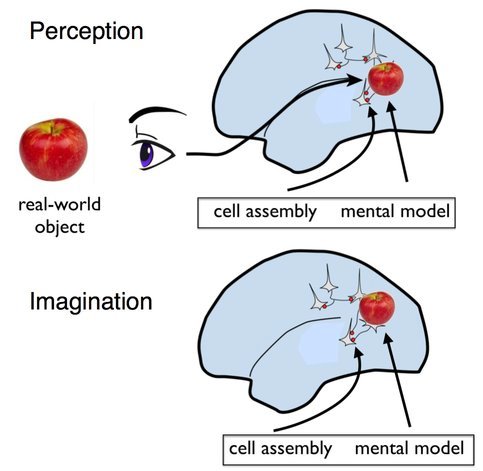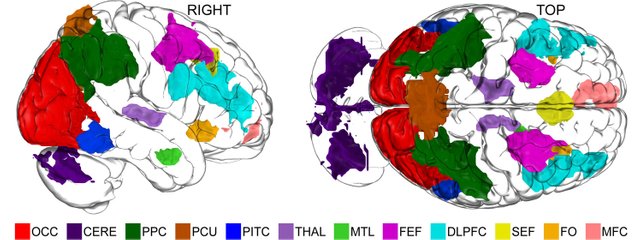The Science of Imagination: How Can Our Brains Imagine Something We've Never Seen?!

Imagination - it's a beautiful ability that we humans have.
Albert Einstein once said: "Imagination is more important than knowledge. Knowledge is limited - imagination circles the world."
In our imagination, everything is possible!
We can imagine a unicorn ridying a bicycle, a mouse juggling, or a gnome eating a rainbow sandwich - but how can we actually create these mental images, if we've never seen all those things in real life before?
How does Imagination really work in our brain ?!
Neuronal Ensembles
When we look at or imagine a specific object, certain neurons fire in our brain, and scientists have already been able to isolate and record these in the recent past.
For example when picturing a bird, we think of its feathers, its beak, its claws, etc.
This set of neurons is called a neuronal ensemble, and all of these neurons fire together whenever we see or imagine this object.
Everything you've ever seen has its own neuronal ensemble, the set of neurons fire again in synchronization every time you see or imagine that specific object.

Mental Synthesis
Imagine a bird. And now imagine a bird wearing a dress.
You have probably never seen a bird wear a dress before in real life, so there is no neuronal ensemble for that in your brain, but yet you will be able to imagine it - this is a very unique and complex human trait.
When we imagine two of these familiar objects together, we can come up with something we've never seen before!
This is called Mental Synthesis.
It means that the two neuronal ensembles, the one for a bird and the one for a dress, are being activated at the exact same time and then we can imagine them as a single object.
This might seem easy because we do it all the time, but it's actually a very complex task for our brains.
The brain has to process all this information of electrical signals and coordinate to bring them together at exactly the same time - if one of the two ensembles fires too late, the imaginary image won't be completed.

How is this possible?
Scientists suggest that our prefrontal cortex is responsible for this coordination, which is the part of our brain that controls many complex cognitive functions.
The neurons in the prefrontal cortex actually have neural fibers attached to them - these are long cell extensions that are connected to the posterior cortex.
So when we imagine different objects together, the neurons in the prefrontal cortex send electrical signals through the neural fibers to activate multiple neuronal ensembles from the posterior cortex.
And this has to happen at the very same time - then we can imagine the image as if we'd actually seen it.
Take a look at this video by Ted-Ed, which also explains the Mental Synthesis Process:
Mental Workspace
A 2013 study from Dartmouth college has found that several areas of our brain work together when our imagination is active. They called this a mental workspace: a neural network that controls activity across different regions of the brain .
In the study, subjects were shown pictures of abstract shapes while their brain activity was being monitored.
Then, they were asked either to imagine the shape like it was, or to deconstruct it into single parts, or make a new shape by adding other parts to it.

When looking at the scans, the scientists were obviously expecting activity in the part of our brain that processes images - the visual cortex.
But surprisingly, they found out that there were 12 different regions of interest that were activated when the subject was manipulating the shapes in their imagination.
"We saw differences in activity all over the brain when we compared to control conditions- It does seem rather than being a single area responsible for imagining or manipulating, it seems like lots of areas have to work in concert."-Alex Schlegel from Dartmouth College, lead author of the Paper
Images: 1, 2, 3, Sources: 1, 2, 3, 4, 5
- Instagram -
© Sirwinchester
Good read! Never really gave these special powers of us a thought in that way.
There is an opposite phenomenon to this as well: Aphantasia. The case where people have no visual representation of their thoughts at all…
So they would think of a bird, but not see a bird, they would just really think of it… I'm really still struggling with how that thinking without representation "looks" like, and whether or not it affect how and what a person thinks about, and forgive me when I say I really think it's interesting ! Just as your post for that matter, thanks!
Just found this site about Aphantasia in case SO's interested as well: http://aphant.asia
I hadn't heard of that before, very interesting!
I also couldn't imagine how you would think of something without picturing it in your head, must be very difficult for those people to design something visually.
Thanks for your input!
This post has been ranked within the top 10 most undervalued posts in the second half of Dec 17. We estimate that this post is undervalued by $37.64 as compared to a scenario in which every voter had an equal say.
See the full rankings and details in The Daily Tribune: Dec 17 - Part II. You can also read about some of our methodology, data analysis and technical details in our initial post.
If you are the author and would prefer not to receive these comments, simply reply "Stop" to this comment.
Very interesting topic, I had no idea that the process was so complex, I guess we take it for granted! Crazy what our brains can do!
Definitely, and it's a very difficult task and unique to human brains as well.
Your posts are always so well constructed and interesting. Great work!
Thank you for the compliment, I appreciate it!
Fascinating!
Thanks, glad to hear that you liked it!